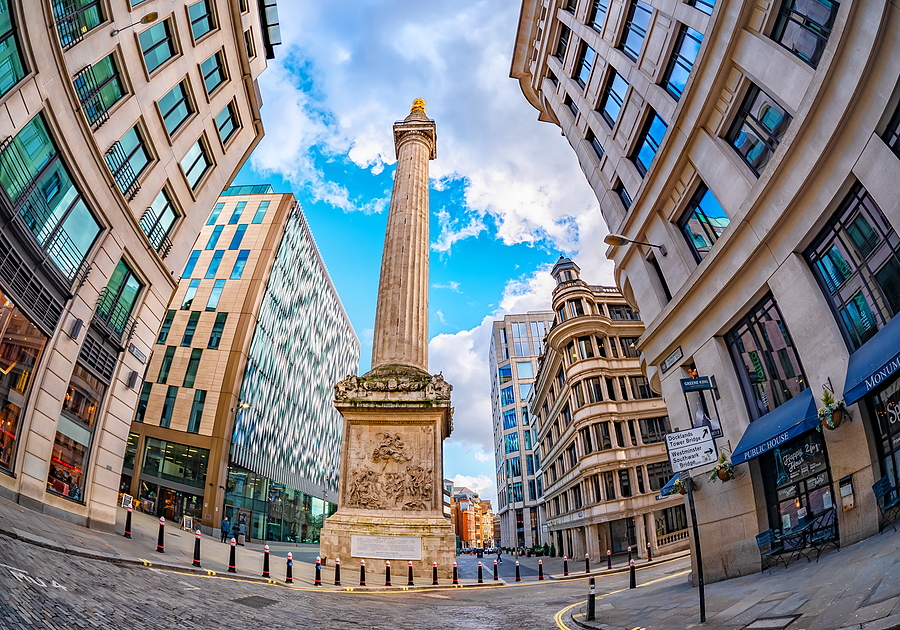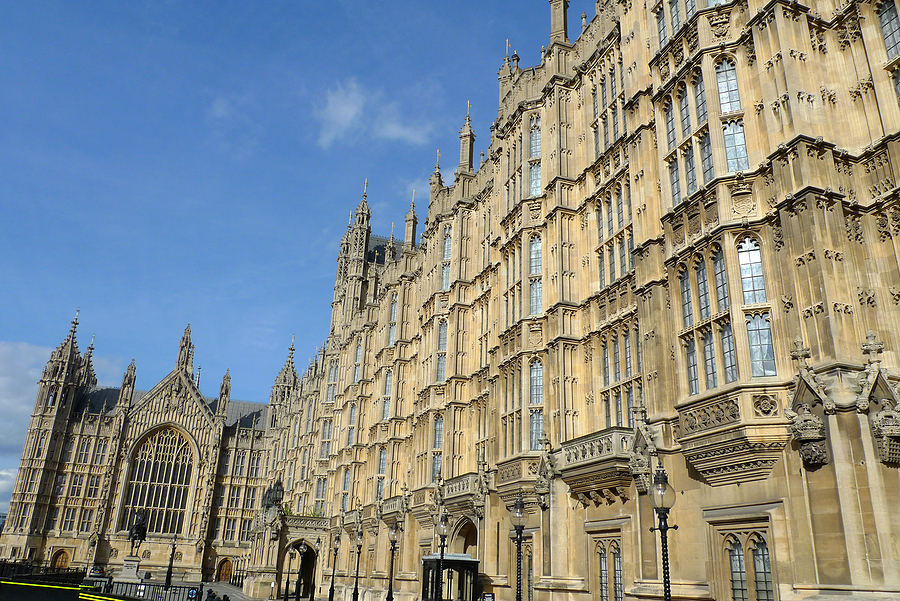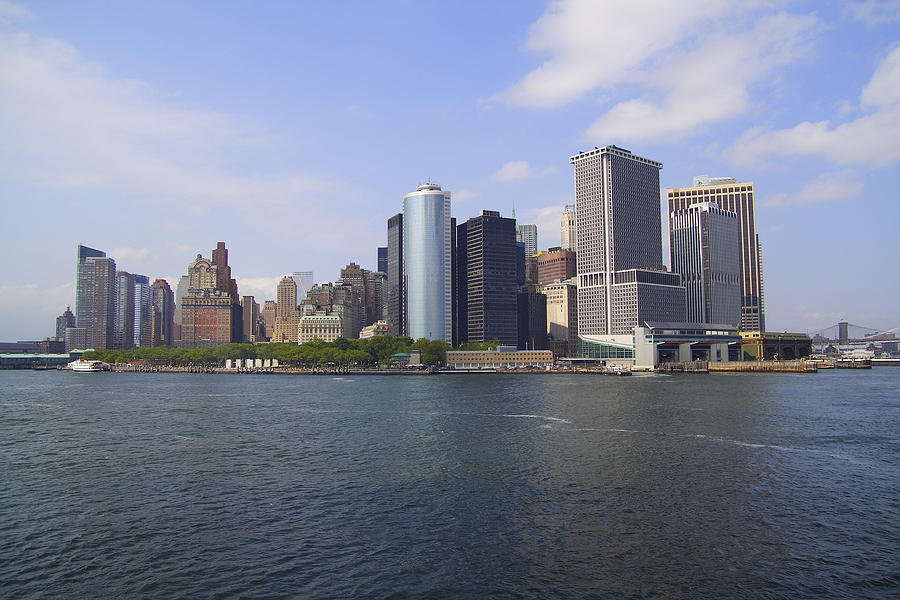American visitors to London in the autumn may see adverts for firework displays and wonder why it is that, while the US lets off its pyrotechnics on July 4th, it is November 5th where it all happens here.
The reason for the bonfires and fireworks all stems from the events of 1605, which are as much about what did not happen as what did, for the history of London and the UK might have been very different had things not taken a sudden twist. A private London tour can reveal key locations connected with the events that explain the fireworks.
England in 1605 was an institutionally Protestant country and Catholics were persecuted. This prompted a group of Catholic gentlemen to plan to change everything by assassinating the King and his lords during the State Opening of Parliament and installing a Catholic monarch in his place.
The leader of what became known as the Gunpowder Plot was Robert Catesby, but the key man on the ground was Guy Fawkes, who was to do the deed. Having acquired 36 barrels of gunpowder, he rented a storeroom right beneath the Palace of Westminster and hid the explosives there. Had the fuse been lit, the devastation would have been huge.
The Plot Foiled
What stopped the plot was a cryptic, anonymous letter to Lord Monteagle, a Catholic nobleman due to be present, warning him to stay away. This let the cat out of the bag. Alerted to the danger, the authorities searched the area around the Palace of Westminster on the night of November 4th-5th and caught Fawkes red-handed.
Subsequently, Fawkes was tortured, revealed the names of the other plotters and was executed along with them, Catesby being killed and some others being captured after a gun battle at Holbeche House in Staffordshire. The thwarting of the plot led to celebratory bonfires being ordered and the emergence of a new tradition.
Westminster: The Centre Of Events
This leaves a lot of places in London to see linked to the events of 1605, apart from any firework displays you might enjoy. The Palace of Westminster is an obvious starting point, although the storeroom where Fawkes was caught is long gone: the Palace was rebuilt after a huge fire in 1834.
Westminster Hall is also a place to see, not just for its rich history dating back centuries, but because it was the venue for the trial of the surviving plotters who had been captured at Holbeche House.
Torture In The Tower
Few history-minded trips to London can miss the Tower of London and this is certainly no exception. It was there that Fawkes revealed his name, confessed to the plot and implicated other plotters under some of the most gruesome torture imaginable, including the notorious rack that stretched joints to breaking point.
The Tower has its own area that reveals the gruesome methods of torture that were used on prisoners to extract confessions, which is not for the faint-hearted.
Following the confession of Fawkes and the trial of the other surviving plotters, the grisly executions took place in Westminster Yard. Today, this is known as the Palace Yard and stands between the Palace of Westminster and Westminster Abbey. It saw many executions, but few so high-profile as this.
This involved the protracted death by hanging, drawing and quartering, although Fawkes managed to end his suffering early after all his agonising experiences in the Tower by jumping from the scaffold, which broke his neck.
Afterwards, the plotters’ heads were placed on spikes that could be seen nearby and other parts of their quartered anatomies were placed on public display across London.
How History Changed In Hoxton
These sites in central London all focus on famous places that you might want to visit anyway. But there is also one place you might want to see that is somewhat off the beaten track, in the east London suburb of Hoxton.
It was here that Lord Monteagle lived and there is a plaque on a wall at the junction of Crondall Street and Hoxton Street to confirm that he had a home in this vicinity, and that he was in residence on the night when he received the letter that raised the alarm.
The significance of these locations all reflects the fact that the plot failed, marking a significant turning point in history as well as explaining why effigies of ‘the Guy’ (Fawkes) are placed on many bonfires to this day.
Had the plot succeeded, it is impossible to say if this would have changed England so fundamentally as to make it Catholic again. But it could certainly have changed London, not least as a large part of Westminster would have had to be rebuilt from the rubble. It remains one of history’s most famous “what ifs”, when one man in London never got to light the fuse.











